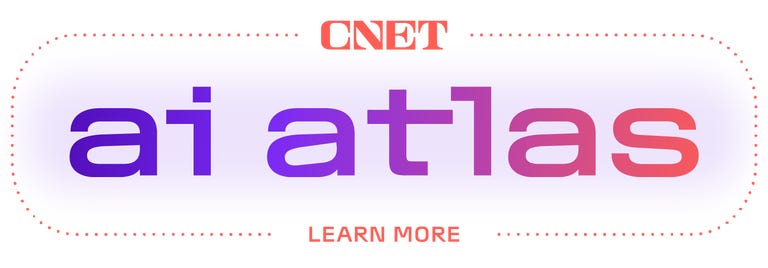Confession: I’m not particularly tech savvy in real life, which is ironic considering I write about AI.
As a reporter, I like covering the future of technology. As a consumer, I like to wait until products have been tested by first adopters.
This puts me squarely in the target audience for AI video editing startup Veed.io.

When Veed launched in 2018, it entered a space dominated by video editing software giants like Adobe’s Premiere Pro and Apple’s Final Cut Pro. Even they already had younger competitors like ClipChamp and Kapwing. But AI has offered at least a promise to level the playing field in many product categories and industries, and now the race is on to see who can build a better mousetrap.
Video + feed
The premise behind Veed, which is a mashup of “video” and “feed,” was to create a video editing platform for everyday users. CEO and co-founder Sabba Keynejad was further sold on the name when he was able to get the domain veed.io, which he said kind of sounds like “video.”
“Veed is not for screening premieres, making movies or being a pro. It’s the opposite,” Keynejad said. “It’s for the up and comer, the person just trying to get started.”
The London-based company started out with basic video editing tools like adding text and trimming video. It has since added AI-enabled features like subtitle generation, video translation, background noise removal and audio enhancement.
It has also released Video GPT, a video creation tool that uses ChatGPT’s GPTs, which are custom AI chatbots built on AI company OpenAI’s chatbot technology.
The startup has 12 million monthly users, including 100,000 who pay for subscriptions. That also includes business and enterprise users.
“What our users want to achieve and what we all want to achieve is great, professional-looking videosthat look like an agency’s done it or a YouTuber,” Keynejad said.
Kicking the tires
I wanted to try Veed for myself, so I shot a quick video of my son at equine therapy on my iPhone 12.
I opted for the free version of Veed, but there are plans that range from $18 to $70 per user per month that offer access to more features. Once I verified my email, entered my name, chose a team name (it automatically selected “Lisa’s Team” for me) and answered some questions about my plans for my videos, I was good to go.
To start, I clicked on the “create project” tab and uploaded my video, which took about 30 seconds. Then I played around with what Veed calls Magic Tools, which include features like Auto Subtitle, which generates subtitles, Clean Audio, which removes background noise, and Magic Cut, which says it will remove the ums and ahs speakers make. (I didn’t have any, so I couldn’t try out that last tool.)
Animation adds effects like fading in, as well as a Ken Burns zoom in, which is named after the documentary filmmaker. I was impressed the Ken Burns tool knew to focus on my son and the horse as it slowly panned in.
It took about 5 seconds to generate subtitles, and the transcription was actually pretty good. The translation to Spanish and Norwegian was almost instantaneous.
I wanted to add stock music — they have a tune called Happy Cartoon Story, which is as upbeat as it sounds, but you have to subscribe for that. And videos created with the free plan come with a Veed watermark in the right corner.
A spokesperson said subtitles and stock music are available to free users but are limited. In the 30 minutes or so I spent playing around with this video, I hit the plan limits for subtitles, translations, text to speech, dubbing and avatars. Getting an embed code also requires a plan upgrade, but you can watch my video here.
However, overall, Veed made it pretty easy to “edit” the video and add various effects, which also include emoji, animated stickers and gifs, as well as to resize for social platforms like YouTube, TikTok and Instagram.
In a few weeks, Veed plans to release a feature that will allow you to create an avatar of yourself, upload a script and generate a video with an AI clone speaking on your behalf in your tone of voice.
Veed will also release a tool called Document to Video, which allows you to upload a presentation or an article and turn it into a video with your avatar as the presenter. He hopes this will be helpful to business users in particular.
“A lot of people, even our HR team, if they just put a PDF or some text on Slack or an internal message board, no one ever reads it,” Keynejad said. “But they watch videos.”
Veed raised $35 million from VC firm Sequoia Capital in February 2022.




















+ There are no comments
Add yours